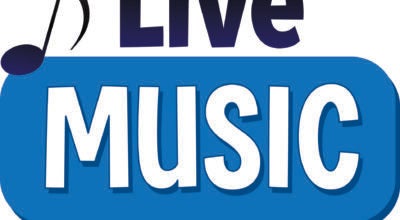Tax season is on; returns accepted
Published 4:28 pm Tuesday, January 20, 2015
The start of the 2015 tax-filing season is here.
Last week, the Internal Revenue Service announced the on-time opening of the nation’s 2015 filing season and highlighted a growing array of online services, including features that help taxpayers understand how the Affordable Care Act will affect them at tax time, along with the availability of the Free File program.
The IRS expects to receive about 150 million individual income tax returns this year. Like each of the past three years, more than four out of five returns are expected to be filed electronically.
The IRS Free File program, available at IRS.gov, opened Friday for taxpayers, and the IRS began accepting and processing all tax returns on Tuesday, Jan. 20.
This year’s return will include new questions to incorporate provisions of the Affordable Care Act (or ACA). The majority of taxpayers – more than three out of four – will simply need to check a box to verify they have health insurance coverage. For the minority of taxpayers who will have to do more, IRS.gov/aca features useful information and tips regarding the premium tax credit, the individual shared responsibility requirement and other tax features of the ACA.
“Our employees will be working hard again this season to help the nation’s taxpayers,” IRS Commissioner John Koskinen said. “We encourage people to use the tools and information available on IRS.gov, particularly given the long wait times we anticipate on our phone lines. As always, taxpayers can benefit by filing electronically.”
Koskinen announced that taxpayers could begin preparing their returns using the Free File system on Fri., Jan. 16. Available only at IRS.gov, Free File offers two filing options:
Brand-name software, offered by IRS’ commercial partners to about 100 million individuals and families with incomes of $60,000 or less; or
Online fillable forms, the electronic version of IRS paper forms available to taxpayers at all income levels and especially useful to people comfortable with filling out their own returns.
E-file, when combined with direct deposit, is the fastest way to get a refund. More than three out of four refund recipients now choose direct deposit. People who e-file make fewer mistakes, and it costs nothing for those who choose Free File.
In all, 14 software companies will be participating in this year’s Free File program. Additional details about the specific Free File offerings will be available tomorrow on the front page of IRS.gov when Free File becomes available.
Taxpayers who purchase their own software can also choose e-file, and most paid tax preparers are now required to file their clients’ returns electronically. In addition to Free File, commercial software companies also are currently available for taxpayer use.
Like last year, the IRS expects to issue more than nine out of 10 refunds within 21 days. Again, the fastest way to get a refund is to e-file and choose direct deposit. It takes longer to process paper returns and in light of IRS budget cuts resulting in a smaller staff, it will likely take an additional week or more to process paper returns meaning that those refunds are expected to be issued in seven weeks or more.
Koskinen said, “If you haven’t already, you should consider filing electronically. It’s fast, accurate and the best way to get your refund quickly.”





